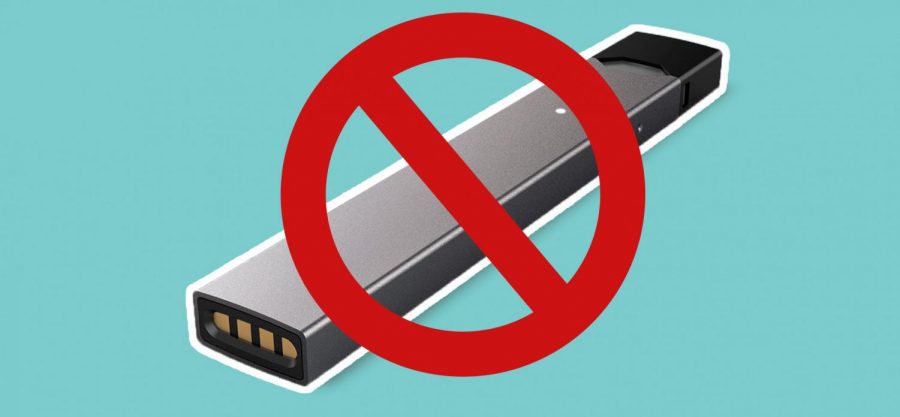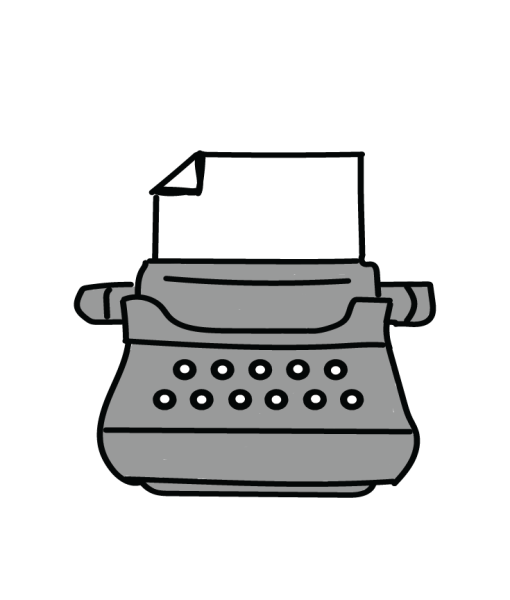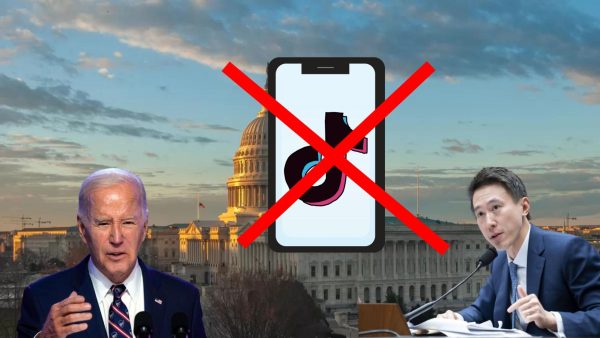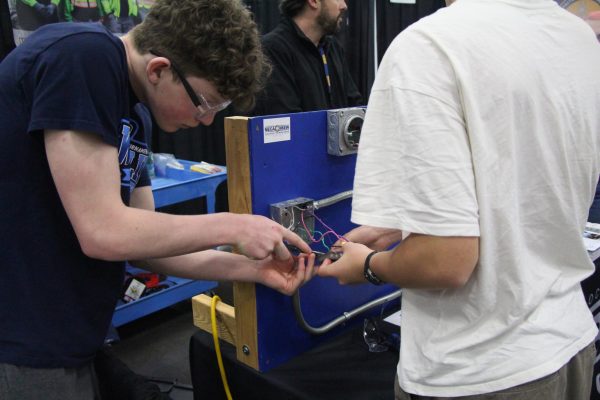The dangers of Juuling
“You’re in class and feel like you really need to Juul,” Michelle Bloom, school nurse, said. “So you’re not really in class because you’re heading out to do that.”
On Aug. 6, 2018 the Juul became the most popular e-cigarette in the United States, and now has a market share of 72% as of Sept. 2018.
The Juul product comes in flavors that appeals to kids. According to Centers for Disease Control and Prevention (CDC), middle and high school students say that flavor is a big reason they use e-cigarettes.
“There are no long term studies to show what the effects of inhaling those into your lungs will do,” Michelle Bloom, school nurse, said.
E-cigarettes like Juuls contain chemical solvents that when heated can turn into formaldehyde, a cancer causing carcinogen. “There is a lot of unknown with Juuling,” Bloom said. “There’s a lot of chemicals in the Juul pods that are super heated, and to have those in your lungs is super damaging.”
E-cigarettes are sold in thousands of different flavors, some like the butter flavors contain diacetyl which causes irreversible scarring of the lung tissue, some fruit flavors have been found to be cytotoxic which can cause cancer.
“There is not a lot of information about the effects of what your putting in your body,” Bloom said. “We know that there’s tons of chemicals that are in what your smoking there’s flavoring, there’s heavy metals, there’s all kinds of things that are there.”
11.2 percent of 18-21 year olds reported ever using Juul. Additionally, among those aged 15-17 who used a Juul in the past 30 days, 56 percent used the device on three or more days. “The adolescent brain is developing rapidly until the age of 25,” Bloom said. “The brain is still developing. So when you’re Juuling and inhaling those chemicals, that’s having an effect on brain development.”
Nicotine has strong addictive chemicals. That comes with nicotine withdrawals this involves physical, mental and emotional symptoms the first week is when the nicotine has cleared out of your body, you then start getting headaches, cravings and insomnia.
“There’s nicotine there, it’s an addictive substance,” Bloom said. “You’re in class and feel like you really need to Juul, so you’re not really in class because you’re heading out to do that.”
A single Juul pod contains 0.7 millimeters with five percent nicotine by weight. This translates into 59 milligrams of nicotine per milliliter of juice. “One Juul pod has 200 puffs in it which is the equivalent of 20 cigarettes, in those teeny tiny little pods,” Bloom said.
If you are struggling with an addiction with Juuling, there are options to get help. “You can text to a certain number and they’ll send you reminders throughout the day,” Bloom said. “There are ways to go about getting that help.” One of the trusted hotlines includes the local poison control center. This site explains the dangers of teenagers taking in poison, and directs them to the correct help that they need.
Your donation will support the student journalists of West Linn High School. Your contribution will allow us to continue to produce quality content by purchasing equipment, software, and continuing to host our website on School Newspapers Online (SNO).

The need for a second home was eating at Zoe Barnett, junior, so much that she would take on anything that would make her feel at home. This attitude can...

A real renaissance woman, Gillian McMahon, senior, has been a part of the journalism program since freshman year. Starting in yearbook and quickly working...

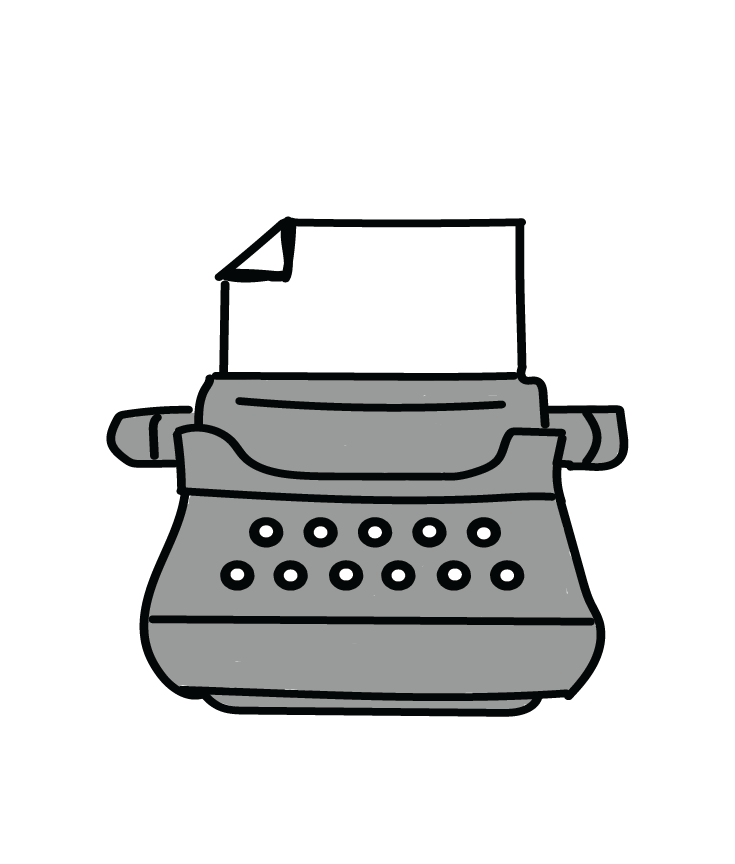
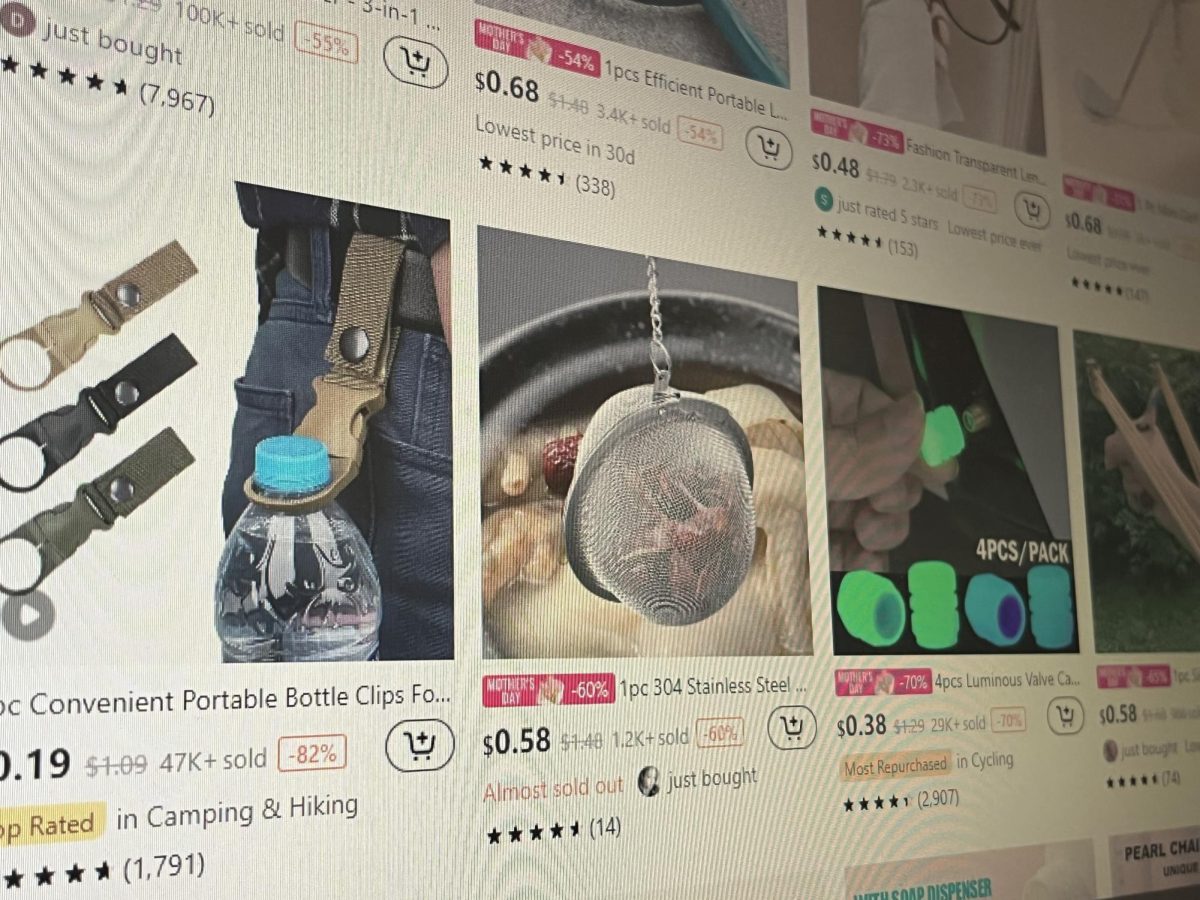























![Game, set, and match. Corbin Atchley, sophomore, high fives Sanam Sidhu, freshman, after a rally with other club members. “I just joined [the club],” Sidhu said. “[I heard about it] on Instagram, they always post about it, I’ve been wanting to come. My parents used to play [net sports] too and they taught us, and then I learned from my brother.”](https://wlhsnow.com/wp-content/uploads/2024/03/MG_7715-2-1200x800.jpg)





![The teams prepare to start another play with just a few minutes left in the first half. The Lions were in the lead at halftime with a score of 27-0. At half time, the team went back to the locker rooms. “[We ate] orange slices,” Malos said. “[Then] our team came out and got the win.”](https://wlhsnow.com/wp-content/uploads/2023/10/IMG_2385-1200x800.jpg)





![At the bottom of the third inning, the Lions are still scoreless. Rowe stands at home plate, preparing to bat, while Vandenbrink stands off to the side as the next batter up. Despite having the bases loaded, the team was unable to score any runs. “It’s just the beginning of the season. We’re just going to be playing out best by June, [and] that’s where champions are,” Rowe said.](https://wlhsnow.com/wp-content/uploads/2024/03/IMG_3077-1200x900.jpg)



































































